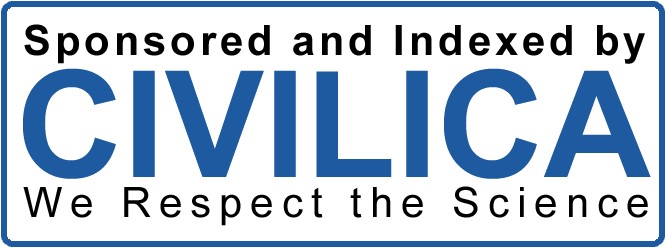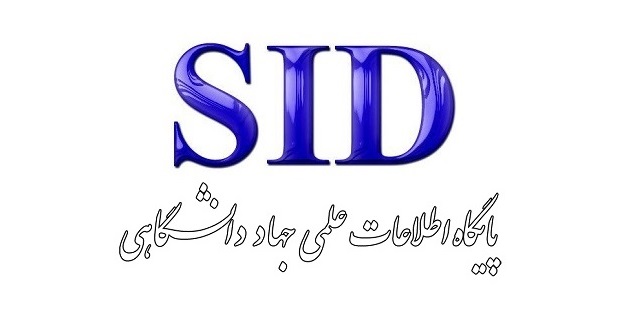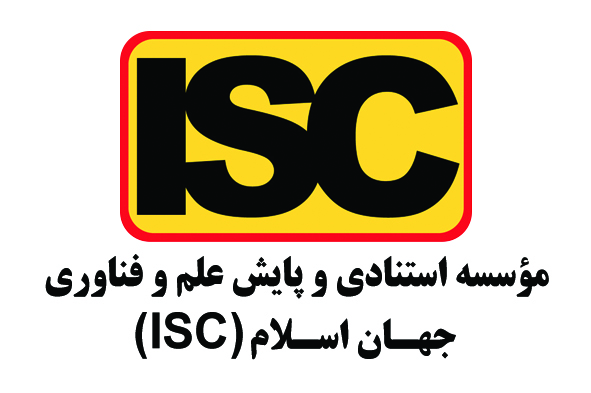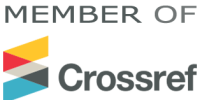آینده نگاری بازار گردشگری دریایی در سواحل جنوب ایران
کلمات کلیدی:
گردشگری دریایی, توسعه, پیشران, آینده¬نگاری, سناریوپردازی, سواحل جنوب ایرانچکیده
هدف پژوهش حاضر تدوین سناریوهای آینده بازار گردشگری دریایی سواحل جنوب ایران است. این پژوهش از نظر هدف کاربردی و از نوع توصیفی- اکتشافی است و با بهکارگیری ترکیبی از روشهای کمی و کیفی شامل تحلیل محتوا، تحلیل تأثیرات متقابل و تحلیل تأثیرات متوازن[1] (CIB) و روش شوارتز[2] انجامگرفته است. جامعهی آماری این پژوهش شامل خبرگان بخش خصوصی، دولتی و نیز اساتید دانشگاهی است. نمونهگیری بهصورت هدفمند و بر اساس حد اشباع انجام گرفته است. پیشرانهای اولیه با بررسی ادبیات موضوع شناساییشده و سپس در قالب پرسشنامه نیمهساختاریافته بین خبرگان این حوزه توزیع گردید. پس از نهاییشدن پیشرانها، پرسشنامه میکمک در اختیار خبرگان قرار گرفت. بر اساس خروجی میکمک، 10 پیشران به عنوان پیشرانهای کلیدی مشخص و سپس با نظر خبرگان، برای این 10 پیشران تعداد 24 حالت احتمالی مشخص گردید. در ادامه با طراحی ماتریسی بر اساس پیشرانهای کلیدی و تکمیل آن توسط خبرگان با بهرهگیری از نرمافزار سناریو ویزارد، تعداد 5148 سناریوی محتمل استخراج و در نهایت، تعداد 9 سناریوی معقول و منطقی با سازگاری بالا (در سه دسته: مطلوب، ایستا و بحرانی) در اختیار پژوهشگر قرار گرفت. سناریوی دسته اول (مطلوب) خوشبینانهترین حالات ممکن را برای آینده بازار گردشگری دریایی استانهای موردبررسی متصور شده است. با بهوقوعپیوستن هر یک از دو سناریوی حالت ایستا (دسته دوم) نباید انتظار توسعه و پیشرفت برای آینده گردشگری دریایی سواحل جنوب ایران را داشته باشیم زیرا چالشهای عمدهای که در مسیر توسعه گردشگری دریایی توسط وضعیتهای بحرانی موجود در هر یک از این سناریوها وجود دارد و روند کند حرکت به جلو که حالتهای ایستا به وجود آوردهاند مانع از دستیابی به اهداف متصورشده برای آینده پیشروی گردشگری دریایی استانهای موردبررسی میشود و چنانچه هر کدام از سناریوهای دسته سوم در آینده پیشرو برای استانهای موردنظر به وقوع بپیوندد نباید توقع رشد و توسعه در زمینه گردشگری دریایی را داشت.
دانلودها
مراجع
Abedi, M., Farzam, F., Dousti, M., & Honarvar, A. (2022). Obstacles to the development of water-beach sports tourism in Iran. Journal of Tourism Management Studies, 16(54), 207-234. https://tms.atu.ac.ir/article_12792.html?lang=en
Bonyadi, T., Tayebnia, S., & Hamidianpour, M. (2022). Identification and analysis of obstacles to tourism development in the Oman Sea (case study: the coasts of Sistan and Baluchistan province). Journal of Geographical Studies of Coastal Areas, 3(2), 27-47. https://hgscaj.guilan.ac.ir/article_5714.html?lang=en
Chaisumpunsakul, W., & Pholphirul, P. (2018). Does international trade promote international tourism demand? Evidence from Thailand's trading partners. Kasetsart Journal of Social Sciences, 39(3), 393-400. https://doi.org/10.1016/j.kjss.2017.06.007
Costa, J. (2017). How are companies & destinations surfing the wave of global tourism? Strategic question overview. Worldwide Hospitality & Tourism Themes, 9, 588-591. https://doi.org/10.1108/WHATT-09-2017-0055
Dedeh Zadeh Silabi, P., & Ahmadi Fard, N. (2018). Determining the key effective drivers on the development of future-research fertility tourism (case study: the cities of Mazandaran province). Geography and Environmental Sustainability, 9(1), 73-89. https://ges.razi.ac.ir/article_1064.html?lang=en
Diakomihalis, M. (2007). The Impact of Maritime Tourism on the Greek Economy via the Tourism Satellite Account. Tourism and Hospitality Planning & Development, 4, 231-244. https://doi.org/10.1080/14790530701783640
Godovoykh, M., & Ridderstaat, J. (2020). Health outcomes of tourism development: A longitudinal study of the impact of tourism arrivals on residents' health. Journal of Destination Marketing & Management, 17, 100462. https://doi.org/10.1016/j.jdmm.2020.100462
Gursoy, D., Ouyang, Z., Nunkoo, R., & Wei, W. (2019). Residents' impact perceptions of and attitudes towards tourism development: A meta-analysis. Journal of Hospitality Marketing & Management, 28(3), 306-333. https://www.tandfonline.com/doi/full/10.1080/19368623.2018.1516589
Haj Agha Memar, H., Rahim Nia, F., & Khorakian, A. (2012). Global business network scenario planning. Strategic Management Studies, 16, 61-87. https://www.sid.ir/paper/181507/en
Haji-Nejad, S., Azimi, A., & Golestani, M. (2024). Investigating the Impact of Coastal Tourism on the Environmental Sustainability of Bandar Abbas. Ecohydrology Journal, 11(4), 477-493. https://journal.ut.ac.ir/article_99726.html?lang=en
Khandel, M., & Najm al-Dini, N. (2016). Identifying the areas of marine tourism development in Hormuz Island using SWOT model and QSPM technique. Tourism Space Quarterly, 6(23), 115-134. https://ensani.ir/fa/article/518458/
Lenzen, M., Sun, Y. Y., Faturay, F., Ting, Y. P., Geschke, A., & Malik, A. (2018). The carbon footprint of global tourism. Nature Climate Change, 8(6), 522-528. https://doi.org/10.1038/s41558-018-0141-x
Martínez Vázquez, R. M., Milán García, J., & De Pablo Valenciano, J. (2021). Analysis and Trends of Global Research on Nautical, Maritime and Marine Tourism. Journal of Marine Science and Engineering, 9(1), 93. https://doi.org/10.3390/jmse9010093
Nazari, V., Gholami, M., Amini-Nejad, G., & Mozaffari, H. (2024). Key Factors in Determining the Managerial Approach to Sustainable Coastal Tourism Destination Branding (Case Study: Bushehr). Geography and Regional Development, 22(1), 121-151. https://jgrd.um.ac.ir/article_44322.html
Nikdel, N., & Moslemi Pourlalemi, P. (2024). Prioritizing tourism attractions in rural and coastal areas of Soume'eh Sara from the tourists' perspective. Journal of Applied Tourism Research, 1(1), 61-74.
Postma, A. (2015). Investigating scenario planning - a European tourism perspective. Journal of Tourism Futures, 1(1), 46-52. https://doi.org/10.1108/JTF-12-2014-0020
Rastgari, M., Ebrahimi Jamnani, L., Haqzad, A., & Bozorgmehr, K. (2023). Presenting a model for establishing electronic tourism in the development of coastal cities in Mazandaran Province with a grounded theory approach. Geographical Research, 151, 26-36.
Saeedpour, S., & Behboodi, M. R. (2016). Application guide for scenario wizard software (compilation of organizational strategies with a scenario approach). Hormozgan University Publications.
Salmani, M., & Ahmadian, M. (2022). Trends in Iran's tourism industry, strategic management and future research. Strategic Management and Future Research, 5(1), 45-73. https://journal.tolouemehr.ac.ir/article_154802.html?lang=en
Sarai, M. H., Alizadeh Shurki, Y., & Rezaei, M. R. (2021). Identifying the key drivers effective in sustainable tourism and developing the most favorable scenario (case study: historical city of Meybod). Geographical Explorations of Desert Regions, 8(1), 113-131. https://grd.yazd.ac.ir/article_1928.html?lang=en
Scott, D., Simpson, M. C., & Sim, R. (2012). The vulnerability of Caribbean coastal tourism to scenarios of climate change related sea level rise. Journal of Sustainable Tourism, 20(6), 883-898. https://doi.org/10.1080/09669582.2012.699063
Shafi Abadi, H., Yousefi, H., & Kuhbor, M. A. (2018). Review and ranking of factors affecting the development of maritime travel and tourism (case study: Persian Gulf terminal, Khorramshahr port). Scientific-Research Quarterly of Maritime Sciences and Techniques, 20(4), 63-75. https://jmst.kmsu.ac.ir/article_87777.html?lang=en
Sharif-Pour, H. (2024). Strategies for Coastal Tourism Management in Mazandaran Province and Its Impact on Economic Security Development. Tourism Planning and Development. https://tourismpd.journals.umz.ac.ir/article_4972.html?lang=en
Silva, F. B., Herrera, M. A. M., Rosina, K., Barranco, R. R., Freire, S., & Schiavina, M. (2018). Analyzing spatiotemporal patterns of tourism in Europe at high resolution with conventional & big data sources. Tourism Management, 68, 101-115. https://www.sciencedirect.com/science/article/pii/S026151771830044X
Sumantri, D., & Rahmat, T. (2023). Increasing Tourist Intention to Visit of Coastal and Marine Tourism Visits Through Digital Marketing. Jurnal Manajerial, 10(01), 81. https://doi.org/10.30587/jurnalmanajerial.v10i01.4651
Zargami, B. (2024). Strategy for Coastal and Marine Tourism Development in the Makran Coastline. Political Space Planning, 6(4), 21-38. https://psp.modares.ac.ir/article-42-74121-en.html
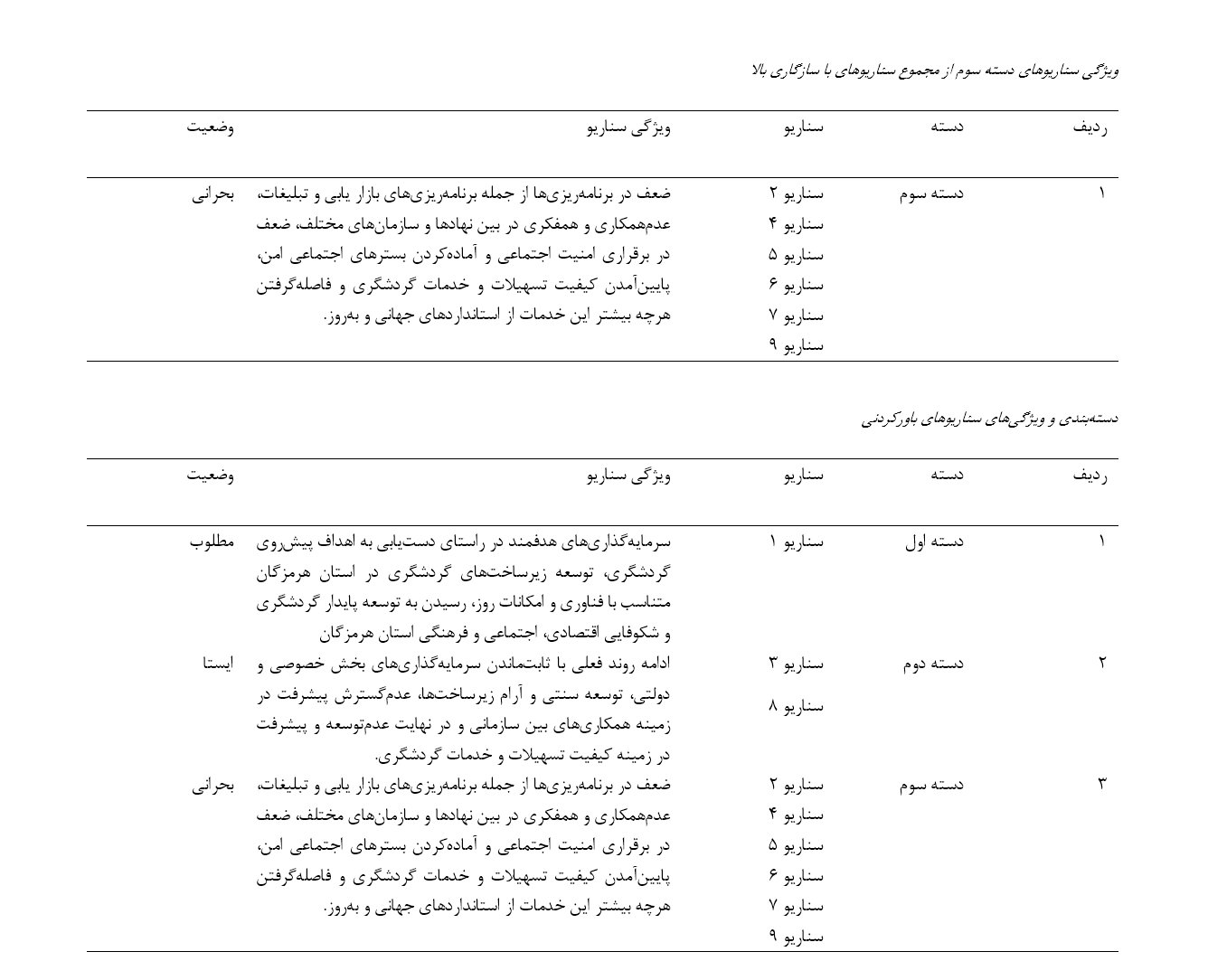
دانلود
چاپ شده
ارسال
بازنگری
پذیرش
شماره
نوع مقاله
مجوز
حق نشر 2025 Sedigheh Mozafar, Vahid Makkizadeh, Sohail Dadkhah (Author)

این پروژه تحت مجوز بین المللی Creative Commons Attribution-NonCommercial 4.0 می باشد.



